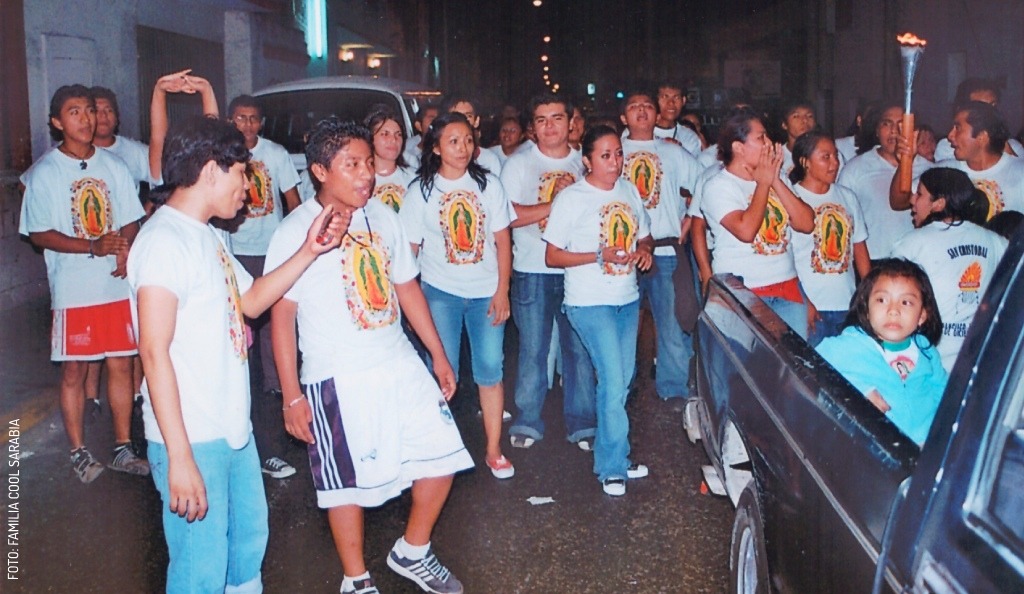
Who are the Guadalupe Antorchistas?
Who are the Guadalupe Antorchistas? Who are the antorchistas?
If you’re lucky enough to be in Yucatán (and elsewhere in México) in the days leading up to December 12, you may come across one or many “antorchistas.” You’ll see them on roads, streets, and even country trails. But, who are the antorchistas?
Let’s start with some context.
México New Spain, 1531
In December 1531, Juan Diego Cuauhtlatoatzin (a chichimeca indigenous man who had already converted to Catholicism) came across an indigenous-looking woman who asked her to take a message to the bishop, friar Juan de Zumárraga. The woman, who appeared to Juan Diego on the hill of Tepeyac (north of what is now México City), introduced herself as the mother of God, and asked for a temple to be built in her honor. The bishop, as told in the náhuatl text Nican Mopohua, hesitated to believe the Virgin Mary would appear to Juan Diego, and was only convinced when her image appeared on a piece of Juan Diego’s cloak. The image of Our Lady of Guadalupe is now one of the most iconic images representing México in the eyes of the world. This miracle occurred on December 12, 1531.
The day of Our Lady of Guadalupe
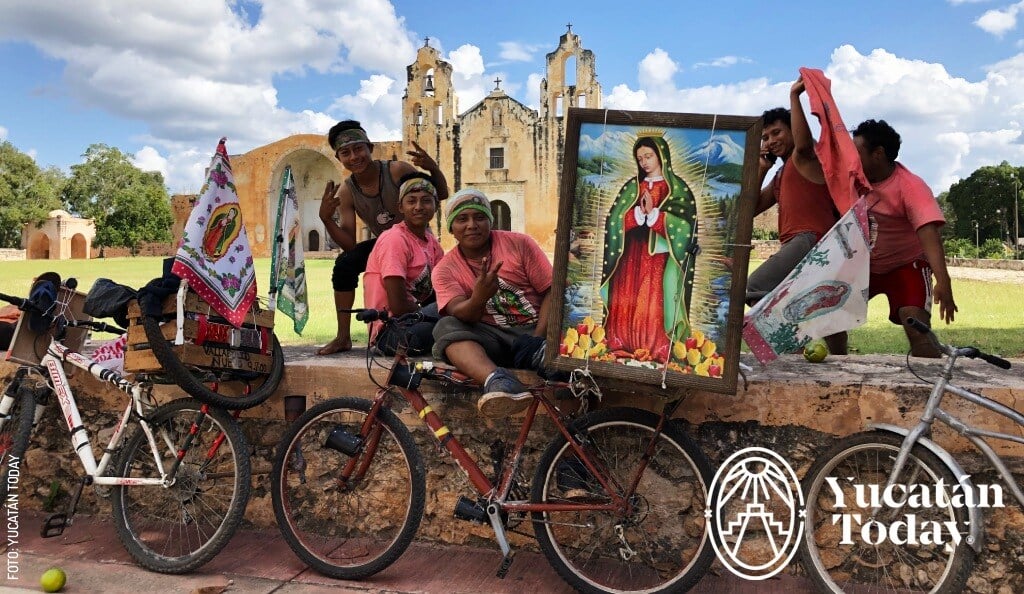
Let’s come back to the present day. Nowadays, December 12, the Day of the Virgin of Guadalupe, holds a special significance for Catholic believers across México. In the days leading up to this date, you’ll often see people running, biking, or driving while carrying torches and images of the Virgin of Guadalupe. These individuals are known as “antorchistas” (torchbearers): people of all ages who, as a heartfelt offering to Our Lady of Guadalupe, embark on a pilgrimage that can last anywhere from a few hours to several days.
Each year, thousands of pilgrims embark on journeys that vary in destination depending on their group, but they always culminate in a festive mass filled with music and fireworks. These pilgrimages are typically done in groups, with participants wearing matching outfits featuring images of the Virgin. They sing, carry their torches, and cheer each other on, all while sharing a deeply personal moment of faith. As they make their way, passersby and drivers often shout words of encouragement. Of course, there are always a few impatient drivers who don’t fully grasp the significance of this beautiful tradition.
A torchbearer’s testimony
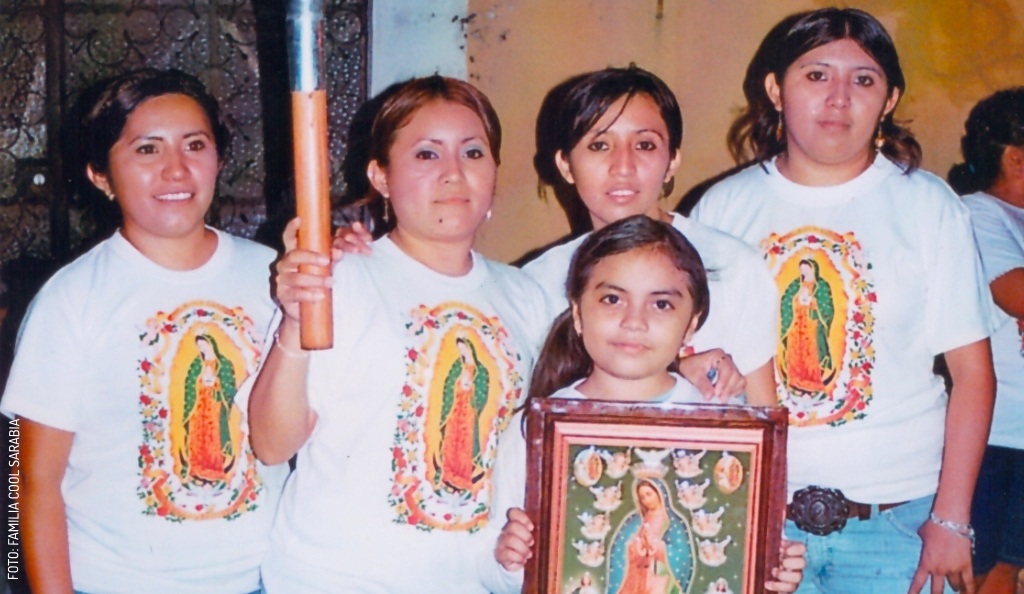 We spoke with Mercedes Cool Sarabia, who participated in this tradition for several years and graciously shared her experience as a torchbearer. Mercedes began these pilgrimages as part of a religious group she belonged to at her local church. For her first journey, Mercedes planned a route starting in the Francisco I. Madero neighborhood and ending at the Parish of Our Lady of Guadalupe in Mérida’s Centro. However, Mercedes didn’t complete the entire route on her first attempt; physical exhaustion got the best of her, and she had to ride in the support vehicle the rest of the way. Despite not finishing, Mercedes made up her mind to try again the following year.
We spoke with Mercedes Cool Sarabia, who participated in this tradition for several years and graciously shared her experience as a torchbearer. Mercedes began these pilgrimages as part of a religious group she belonged to at her local church. For her first journey, Mercedes planned a route starting in the Francisco I. Madero neighborhood and ending at the Parish of Our Lady of Guadalupe in Mérida’s Centro. However, Mercedes didn’t complete the entire route on her first attempt; physical exhaustion got the best of her, and she had to ride in the support vehicle the rest of the way. Despite not finishing, Mercedes made up her mind to try again the following year.
Her determination coincided with a serious health issue her father faced due to diabetes. Mercedes made a promise: if everything turned out well for her father, she would take part in the pilgrimage again—and this time, without boarding the support vehicle.
And that’s exactly what happened. As a gesture of gratitude, Mercedes organized a group with her brother, other neighbors, and church members. The Cool Sarabia team set out on December 11 at 9 pm from their neighborhood, aiming to complete their journey by midnight.
“It’s quite an experience; it’s wonderful to arrive [at the destination],” Mercedes recalls. “The second time, I told myself I had to make it, as a way of giving thanks, to keep my promise.”
Where do the antorchistas go in Yucatán?
.jpg)
Like Mercedes’ group, many others in Yucatán head to the Parish of Our Lady of Guadalupe in the San Cristóbal barrio. These groups set out from their respective churches within the city or from towns outside the capital. However, not all follow this same route; some head to different destinations within the state of Yucatán or to other parts of the country. The most popular destination is undoubtedly the Basílica of Guadalupe in México City. These journeys are undertaken on bicycles, on foot, or in relay teams, lasting days or even weeks.
It’s important to be aware that these groups often travel at night, sometimes to avoid Yucatán’s challenging climate, and for this reason, they may not always be easily visible on the roads. Please, if you see one of these groups, reduce your speed and be extra cautious to avoid any accidents. If you feel moved, don’t hesitate to cheer them on and be part of one of México’s most cherished traditions.
Photography by Familia Cool Sarabia and Yucatán Today, for its use in Yucatán Today.
First published in Yucatán Today print and digital magazine no. 444, in December 2024.
Read more about:
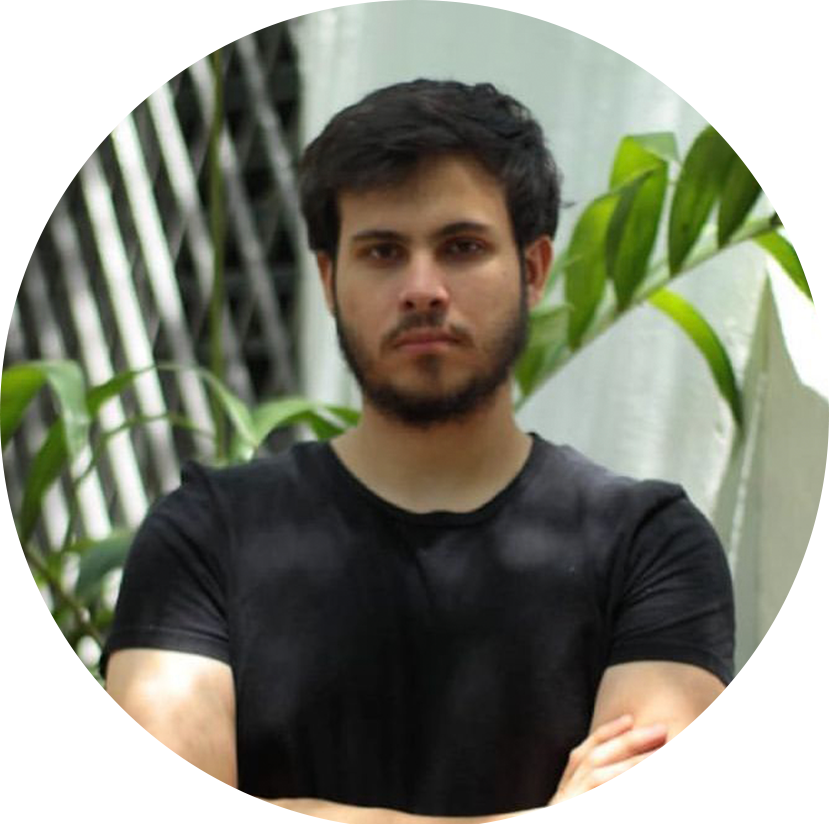
Author: Gonzalo N. González
Yucatecan accountant. Lover of nature, video games, plants, new places, and silence.
In love with Yucatán? Get the best of Yucatán Today delivered to your inbox.
Related articles
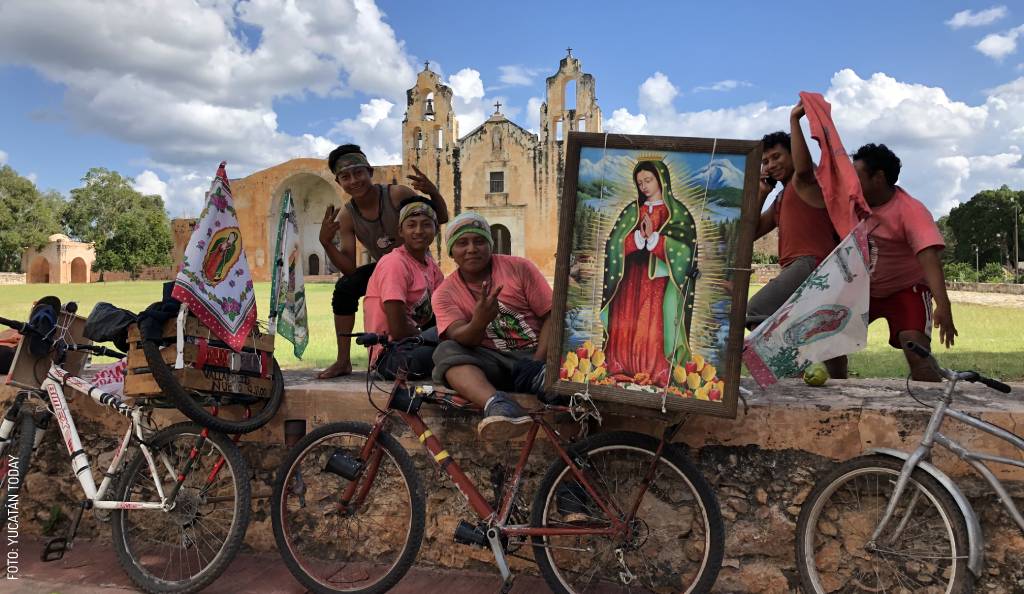
Torch Runners
If you are in the Yucatán or other parts of Mexico on December 12th, you are likely to come across the "Virgin of Guadalupe torch runners." ¿Who are...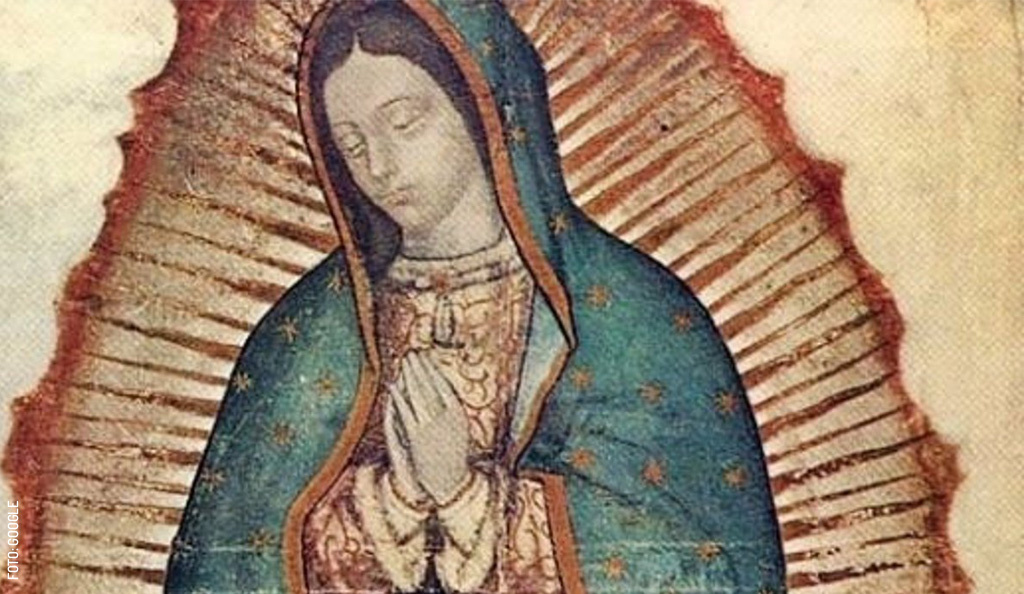
The Virgin of Guadalupe
The Patron Saint of México is the Virgin of Guadalupe. Explore the Nican Mopohua story, the 5 apparitions to Juan Diego, and the history of the...




